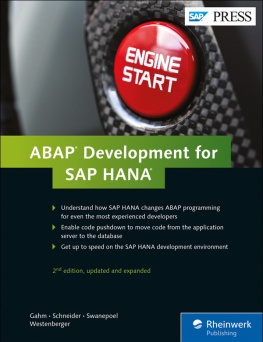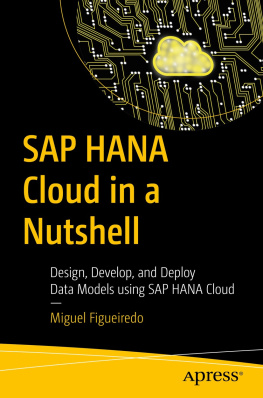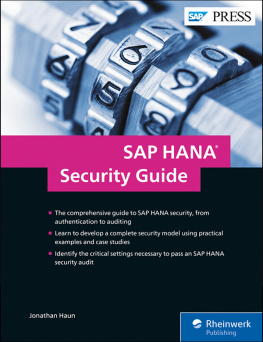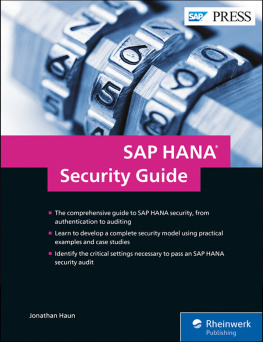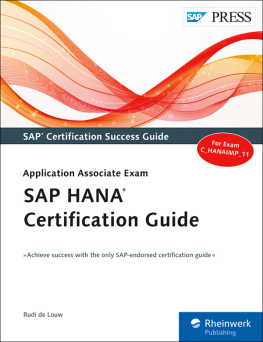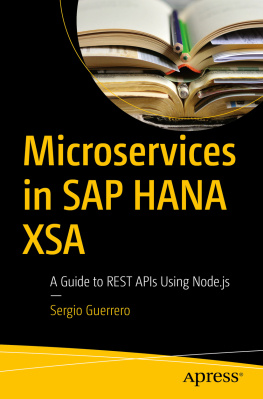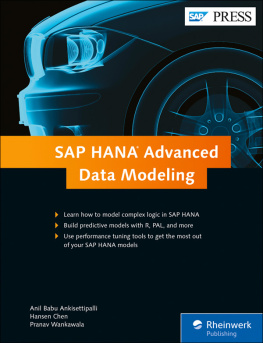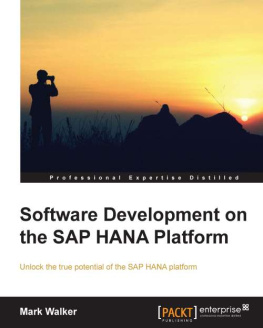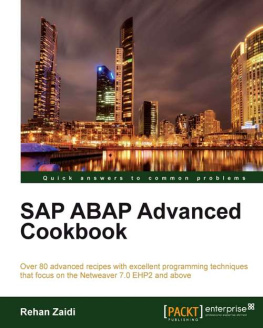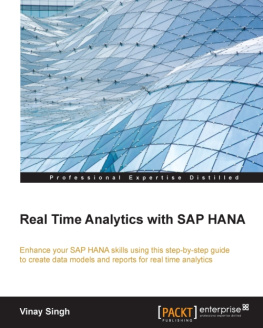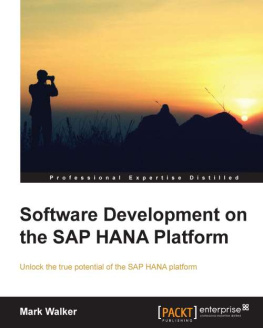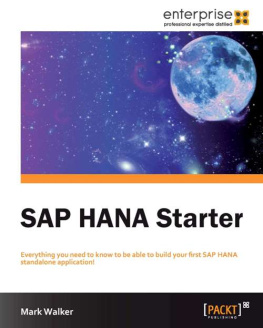What does SAP HANA mean for you? From high-speed in-memory processing to real-time calculation capabilities, SAP HANA is changing the world of SAP. For many developers it means new concepts to learn, and old concepts to apply to new scenarios. For me, it means a wonderful book to work on and an inspiring author team to collaborate with.
Thorsten Schneider, Eric Westenberger, Hermann Gahm, and Christiaan Swanepoel have made it their mission to make sure that, whatever SAP HANA means for you as a developer, you are prepared to meet its challenges head-on. With thorough examples, they introduce you to the intricacies of ABAP development for SAP HANA, and ensure that as you make your way through this book you will become a more confident user of the SAP HANA development environment.
What did you think about ABAP Development for SAP HANA? Your comments and suggestions are the most useful tools to help us make our books the best they can be. Please feel free to contact me and share any praise or criticism you may have.
Notes on Usage
This e-book is protected by copyright . By purchasing this e-book, you have agreed to accept and adhere to the copyrights. You are entitled to use this e-book for personal purposes. You may print and copy it, too, but also only for personal use. Sharing an electronic or printed copy with others, however, is not permitted, neither as a whole nor in parts. Of course, making them available on the Internet or in a company network is illegal as well.
For detailed and legally binding usage conditions, please refer to the section .
This e-book copy contains a digital watermark , a signature that indicates which person may use this copy:
Notes on the Screen Presentation
You are reading this e-book in a file format (EPUB or Mobi) that makes the book content adaptable to the display options of your reading device and to your personal needs. Thats a great thing; but unfortunately not every device displays the content in the same way and the rendering of features such as pictures and tables or hyphenation can lead to difficulties. This e-book was optimized for the presentation on as many common reading devices as possible.
If you want to zoom in on a figure (especially in iBooks on the iPad), tap the respective figure once. By tapping once again, you return to the previous screen. You can find more recommendations on the customization of the screen layout on the .
Foreword
SAP HANA has been in the market for more than five years and has stirred up the database market considerably. Column-based main-memory databases have established themselves as major players, and all major database manufacturers either have integrated a version already or have announced their intention to do so. Compared to most other approaches, the main difference with SAP HANA is that the main memory column store is also used for transactional applications, which prevents multiple representation.
We could not have foreseen this development back in 2002 when we integrated the first version of a pure main memory-based (non-transactional) column store into the TREX search engine. For the document world, column-based storage of metadata (e.g., author, creation date, etc.) delivered added value because it was possible to add metadata in a flexible and easy manner and to query this data efficiently.
Things got interesting when we started using the technology to aggregate large volumes of data. Initial performance results were phenomenal and produced an air of disbelief within SAP, quickly followed by immense euphoria. Production continued until 2005; in that year, we delivered the SAP BW Accelerator (BWA) as an accelerator for our SAP Business Warehouse (SAP BW) systems. The benefits were obvious: no additional database aggregates, as well as extremely good and, above all, consistent access times because the risk of accessing undefined aggregates had disappeared.
The major breakthrough in relation to main memory-based column stores occurred in 2009 when Hasso Plattner had the vision to postulate joint column storage for Online Analytical Processing (OLAP) (reporting) queries and the Online Transaction Processing (OLTP) load. This proposal was revolutionary due to Hassos suggestion to place OLAP and OLTP in one system and to supplement this system with database storage in the form of a main memory-based column store. At first, the research community was very skeptical, but soon after, the sheer number of high-quality publications on this topic proved that it had well and truly arrived.
To turn this vision into a viable product, SAP HANA was established in 2009 when three groups (P*Time, MaxDB, and TREX) were merged and later joined by the Sybase team. The goal wasand remainsto build a database management platform that offers much more than traditional databases and to make this platform available to a wide range of applications, including SAP application platforms. At the end of 2010, SAP delivered the first data-mart variant of SAP HANA, followed by SAP HANA for BI and SAP HANA for SAP BW. A major event and final confirmation of Hassos vision was the announcement of SAP Business Suite powered by SAP HANA in January 2013 and its delivery to our customers. The sales figures of SAP Business Suite 4 on SAP HANA (S/4HANA) and SAP HANA itself speak for themselves.
Our customers, partners, and internal development groups can now implement a large range of options that incorporate SAP HANAs speed and functionality into their applications and thus reap the rewards of deploying SAP HANA. ABAP is and will be one of the substantial development environments for SAP HANA, but as the developer, you must rethink whether you want to exploit the potential of SAP HANA fully. This book will certainly help in this regard.

